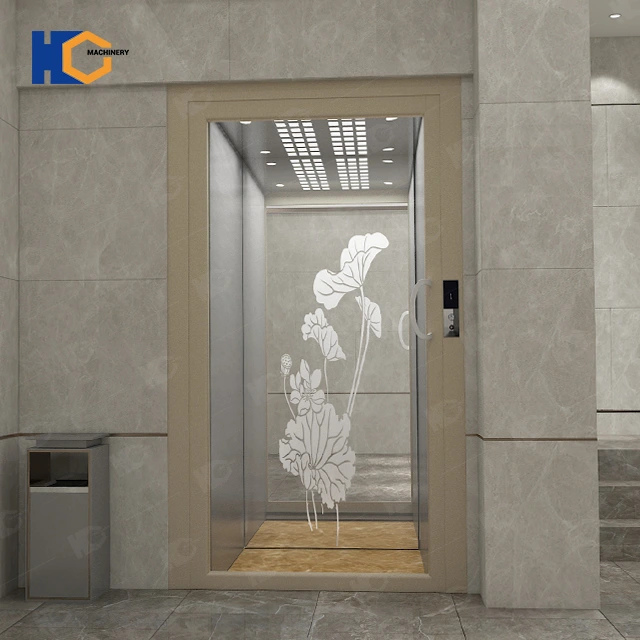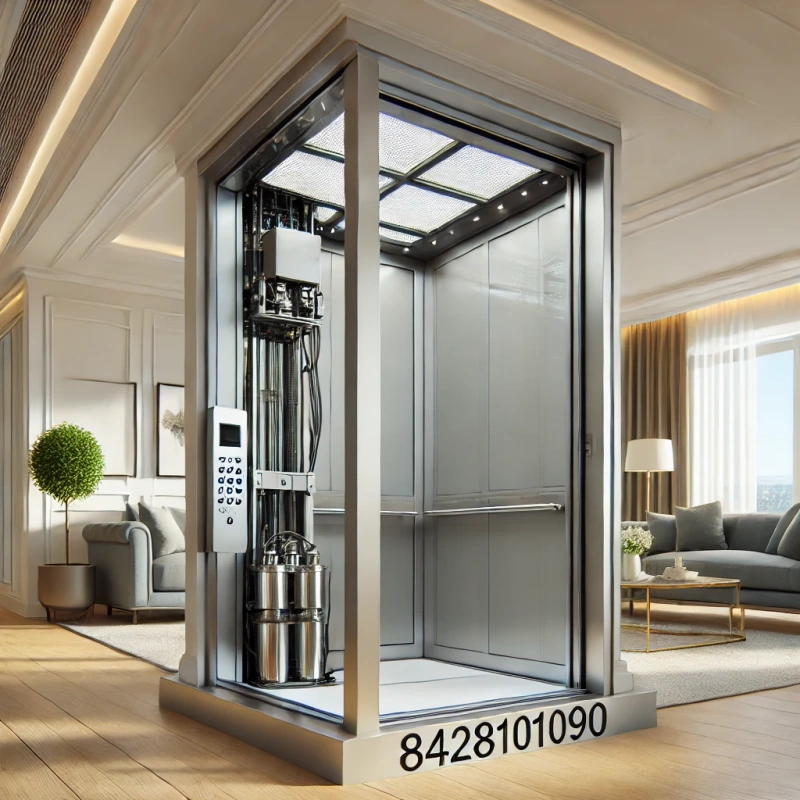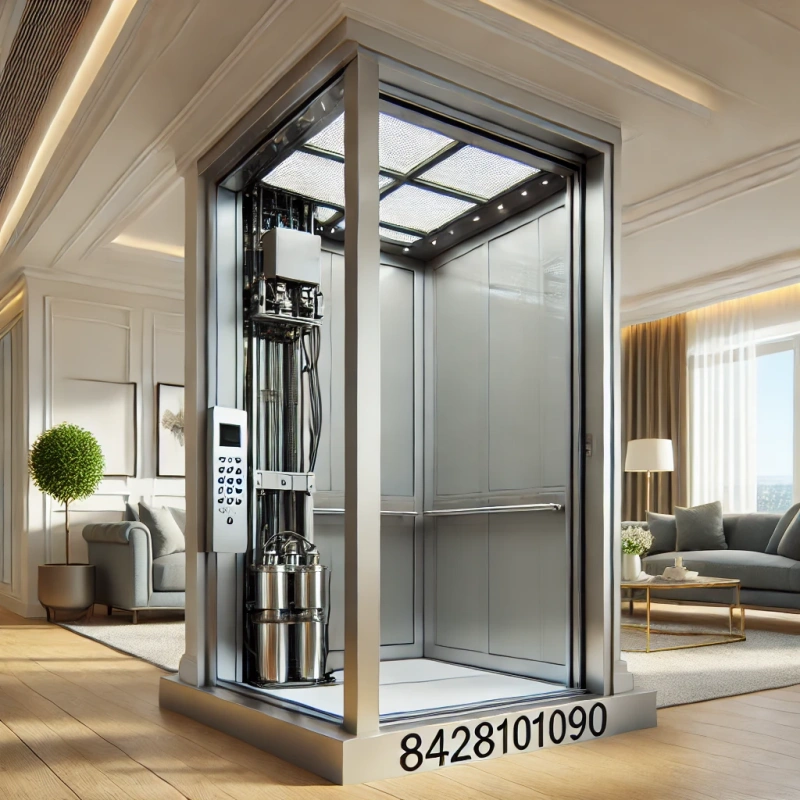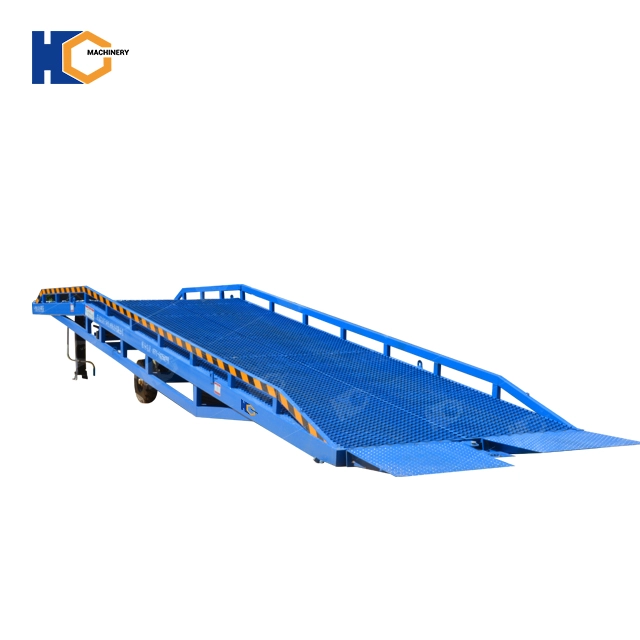Understanding the HS Code 8428101090: A Detailed Guide on Elevators
When it comes to international trade, every product is assigned a specific code known as a Harmonized System (HS) Code. These codes help in the classification of goods and streamline the import and export processes by enabling customs officials to identify the type of products being transported. One such code is HS Code 8428101090, which refers to elevators, particularly hydraulic elevators commonly used in homes and commercial buildings. This article will dive into what this code represents, its significance, and the key aspects of the product it classifies.

What Is HS Code 8428101090?
HS Code 8428101090 falls under the broader category of lifting, handling, loading, or unloading machinery. Specifically, this code covers hydraulic elevators that are designed for moving people or goods between floors in a building. These elevators use hydraulic fluid and pistons to raise and lower the elevator car, as opposed to electric motors used in traction elevators.
The structure of this HS Code breaks down as follows:
84 – Machinery and mechanical appliances.
28 – Lifting, handling, loading, or unloading machinery.
10 – Elevators, escalators, moving walkways.
1090 – Hydraulic elevators.
This precise classification helps in identifying the product in global trade, making it easier for companies and customs authorities to understand the nature of the elevator being imported or exported.

Features of Hydraulic Elevators
Hydraulic elevators, classified under HS Code 8428101090, are popular in both residential and commercial settings due to their reliability, smooth operation, and adaptability. Let’s explore some of the key features of these elevators:
1. Hydraulic Mechanism
Hydraulic elevators work by using a hydraulic piston to raise and lower the elevator car. The system uses hydraulic oil, which is pumped into a cylinder to move the piston. As the piston pushes the car upwards, a valve releases the oil, allowing the elevator to descend. This mechanism makes hydraulic elevators ideal for low-rise buildings of up to 6-8 floors.
2. Smooth Operation
One of the main advantages of hydraulic elevators is their smooth operation. The hydraulic system allows for a slow start and stop, which minimizes the jerks or sudden movements typically associated with other types of elevators. This feature is especially important in residential elevators, where comfort is paramount.
3. Space Efficiency
Hydraulic elevators require less space compared to traction elevators because they don’t need a machine room above the elevator shaft. Instead, the machinery is usually located in a small room near the base of the shaft. This space-saving design makes hydraulic elevators an excellent option for homes and smaller buildings where space is at a premium.
4. Safety Features
Safety is a primary concern in elevator design, and hydraulic elevators come equipped with a range of safety mechanisms. These typically include emergency lowering systems, automatic brakes, and overload sensors. If the elevator exceeds its weight limit, the system will alert the user or prevent the elevator from operating, ensuring safe usage.
5. Cost-Effective
Hydraulic elevators tend to be more cost-effective compared to other types of elevators, especially for low-rise buildings. The initial installation cost is lower, and since hydraulic elevators do not require the complex counterweight systems found in traction elevators, maintenance costs can also be more affordable in the long run.
Applications of Hydraulic Elevators (HS Code 8428101090)
Hydraulic elevators are used in a wide range of applications, and their versatility makes them suitable for both residential and commercial purposes. Here are some of the most common applications:
1. Private Homes
For homes with multiple floors, installing a hydraulic elevator provides added convenience and accessibility, particularly for individuals with mobility issues. The smooth ride and space-saving design make it an ideal solution for residential use. Many manufacturers offer customizable options to match the interior décor of the home.
2. Commercial Buildings
While traction elevators are more commonly used in high-rise commercial buildings, hydraulic elevators are still prevalent in low- to mid-rise office buildings, shopping centers, and hotels. Their quiet operation and cost-efficiency make them attractive for building owners looking to improve accessibility without breaking the budget.
3. Warehouses and Industrial Facilities
Hydraulic elevators are not just limited to transporting people. They are also widely used in warehouses and factories to transport heavy goods between floors. Their powerful lifting capacity and robust construction allow them to handle significant loads with ease.
Importing and Exporting Under HS Code 8428101090
When dealing with the import or export of hydraulic elevators classified under HS Code 8428101090, several factors come into play. Understanding these aspects can ensure a smooth and efficient trade process:
1. Customs Duties and Tariffs
One of the most important aspects of trading hydraulic elevators internationally is determining the applicable customs duties and tariffs. The HS Code helps customs authorities assign the correct tariff rate. This rate varies by country, so it's crucial for importers and exporters to verify the specific rates for their target markets.
2. Documentation Requirements
For both import and export, accurate documentation is crucial. Key documents typically include the commercial invoice, packing list, bill of lading, and certificate of origin. The HS Code must be clearly stated on these documents to avoid delays in customs clearance.
3. Compliance with Local Standards
Different countries have specific safety and operational standards for elevators, and these must be adhered to when importing or exporting. For example, hydraulic elevators must often comply with ISO 8100 standards or local equivalents that govern the safety and performance of elevator systems.
Conclusion
HS Code 8428101090 provides a precise classification for hydraulic elevators used in homes and commercial buildings. Understanding this code is essential for anyone involved in the international trade of elevators, ensuring smooth transactions and compliance with customs regulations. Hydraulic elevators, with their space-saving design, smooth operation, and cost-effectiveness, continue to be a popular choice for low- to mid-rise buildings across the globe.
By ensuring that all aspects of import and export are covered, from tariffs to compliance with safety standards, businesses can take full advantage of the opportunities offered by international trade under HS Code 8428101090.

660.webp)
734.webp)
